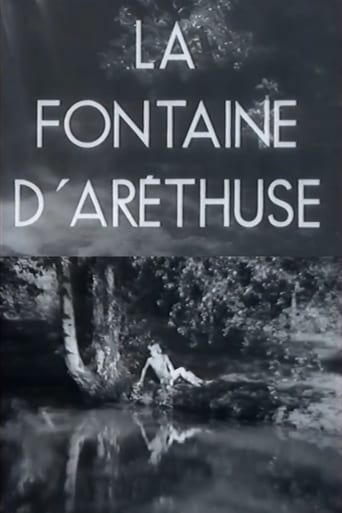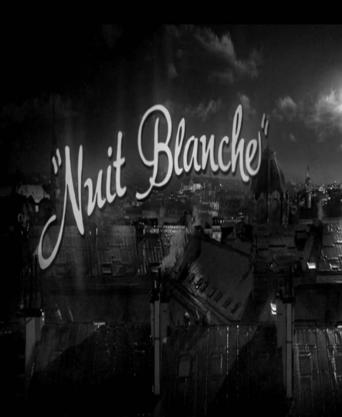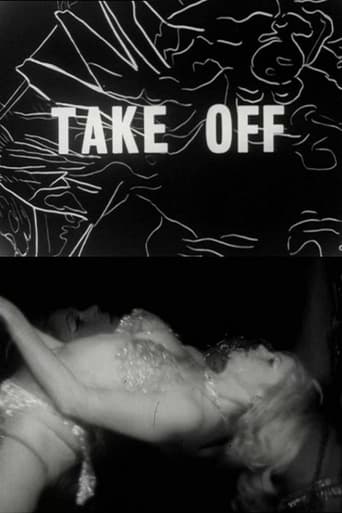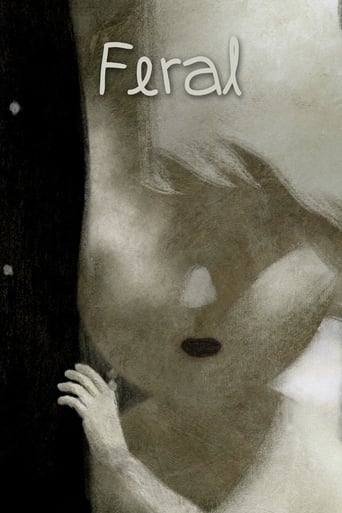

The Fountain of Arethusa (1936)
“La Fontaine d'Aréthuse” opens with what has been described as a “shimmering wash of sound in the piano, octave leaps in the left hand passing above and below repeated chords in the right,” a tune which apparently suggests the splashing waters of a fountain. The story “told” by the music involves a naked water goddess on the river shore, who is pursued by a hunter, before disappearing into thin air to join her water once again. (IMDb)
Watch Trailer
Cast


Similar titles
Reviews
Very best movie i ever watch
Pretty good movie overall. First half was nothing special but it got better as it went along.
It's the kind of movie you'll want to see a second time with someone who hasn't seen it yet, to remember what it was like to watch it for the first time.
This movie feels like it was made purely to piss off people who want good shows
This is based on one of three pieces composed for the violin by a Pole in 1915. The first of these was for whatever reason selected to be filmed and we have what a title card announces as a cinephonie. It's a rare piece of collaboration; Kirsanoff of Menilmontant teamed behind the camera with Boris Kaufman, the dp in Vigo's projects and brother of one Denis Kaufman (alias Dziga Vertov).There's no story in the piece so what we see is Kirsanoff composing a few images to reflect it. A young river sprite or goddess dances naked by the river, a young hunter chances upon her and she takes flight. It's one of the oldest dreams of mankind.But that's an opportunity for a few images. The music is a gentle lilt that simmers. The images lilt between reflections; alabaster body reflected on waters, a frightful chase through the woods. The girl vanishes in thin air, returning to the ether of the imagination. The boy is swallowed up by waters, her element. It ends with a violinist, the source of the imagining, superimposed on simmering waters.It's gentle work that glistens for a few brief moments.
Polish composer Karol Szymanowski (1882-1937) wrote his three Mity (Myths) classical pieces in 1915, in a collaboration with violinist Pawel Kochañski, for whom the pieces were originally conceived. I don't know anything about classical music, but apparently this work was revolutionary, described as "impressionistic" and "a new style, a new mode of expression for the violin." The three pieces were "La Fontaine d'Aréthuse," "Narcisse" and "Dryades et Pan," of which the first is the most well-known. To my knowledge, there's no specific story that is supposed to go with La Fontaine d'Aréthuse," but here Dimitri Kirsanoff has apparently attempted to devise his own. Fitting the images to the music, but also striving to tell a story, 'La Fontaine d'Aréthuse (1936)' follows his similarly music-orientated short film of the previous year, the wonderful 'Les Berceaux / The Cradles.' Like the latter, it was also photographed by Boris Kaufman, who would later achieve success in Hollywood as a cinematographer.'La Fontaine d'Aréthuse (1936)' opens with credits over shimmering images of water, somewhat reminiscent of Ralph Steiner's 'H2O (1929).' After this, the music takes prominence, and we see a pianist and violinist beginning the classical piece. That Kirsanoff even bothered to show the musicians emphasises the importance he placed on the music itself, re-enforcing that this piece wasn't merely chosen at random to suit the images. "La Fontaine d'Aréthuse" opens with what has been described as a "shimmering wash of sound in the piano, octave leaps in the left hand passing above and below repeated chords in the right," a tune which apparently suggests the splashing waters of a fountain. The story "told" by the music involves a naked water goddess on the river shore (no Production Code being enforced in France!), who is pursued by a Tarzan-like hunter, before disappearing into thin air to join her water once again. Pleasant, and recommended, viewing.









